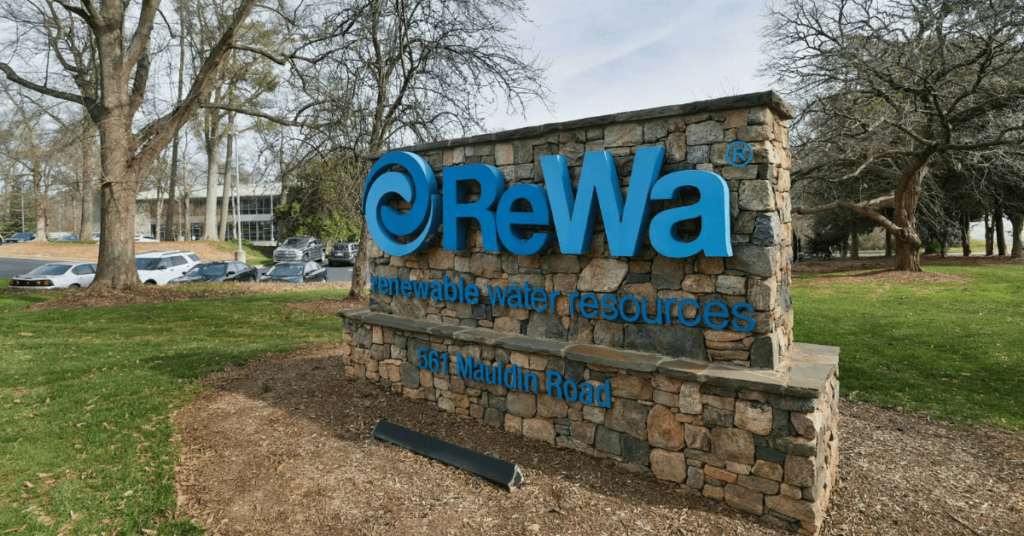Every second it takes for emergency services to arrive matters when a crisis strikes. Having detailed and accurate address data doesn’t just save time; it saves lives.
Santa Clara County had the goal of improving its emergency services response time and location accuracy. To achieve this, their IT department wanted to build a dynamic map of city-sourced address points for their 911 dispatch system. As an added challenge, this current system predated GIS.
They needed to create a standardized address dataset that could be maintained on an ongoing basis and make it easy for each city to use and maintain its existing workflows.
How they made it possible – no-code data integration
Steven Hong, a Senior GIS Analyst at Santa Clara County, aggregated 17 city datasets and supplemented them with public safety layers using FME, all with no code.
Santa Clara County used FME to identify issues like duplicate addresses and to generate multiple output formats all within the same workflow. They then created a standardized address dataset, allowing each city to maintain their existing processes.
The result is the Regional Address Map for Public Safety (RAMPS) and the Regional Address Map (RAM; for non-public safety), which empowers cities to contribute addresses quarterly. The internal map app averages over 200 daily visits, making it one of Santa Clara County’s most frequented sites. Its popularity is a testament to the reliability of the data being delivered via the RAMPS workflow.
A foundation for Next Generation 911
The new comprehensive and precise system gives citizens timely emergency services, lessens the burden on the county to maintain the system, and has increased the number of known addresses by 50%. Santa Clara County is now evolving the use of the map as an integral part of their general operations, with RAMPS growing to supply multiple applications with customized data that is regularly updated with the help of FME.



